An AWS course provides comprehensive training on Amazon Web Services, equipping learners with essential cloud computing skills. This course covers key AWS services, including computing, storage, networking, security, and databases, helping participants understand cloud infrastructure and deployment. It is designed for beginners as well as IT professionals looking to enhance their cloud expertise. With hands-on labs, real-world scenarios, and expert-led instruction, students gain practical experience in managing AWS environments, optimizing costs, and implementing best practices.

This comprehensive AWS course is designed to provide a deep understanding of Amazon Web Services, the leading cloud computing platform. The course covers fundamental concepts and practical skills needed to effectively utilize AWS for deploying, managing, and scaling applications.
By the end of this course, you will have a robust understanding of AWS services and how to leverage them to build scalable, secure, and cost-effective cloud solutions. You will be well-prepared for AWS certification exams and equipped to handle real-world cloud challenges in various IT roles.
In this AWS course, you’ll master the core AWS services including EC2, S3, and RDS. Learn to manage identity and access with IAM, deploy and scale applications, and implement security best practices. Gain hands-on experience with networking, storage, and monitoring tools, and optimize cloud costs. By the end, you’ll be equipped with practical skills and knowledge for AWS certification and real-world cloud solutions.
Anyone with a passion for cloud technology! Whether you’re an IT professional, software developer, system administrator, or even a beginner eager to explore cloud computing, our AWS course is designed to help you succeed. No prior cloud experience is necessary, just a curiosity to learn!
Achieving an AWS certification can lead to lucrative career paths in cloud computing. Some key roles include:
AWS-certified professionals are highly sought after across industries, from tech startups to global enterprises.
Enhance your professional profile with an industry-recognized Certificate of Course Completion that sets your portfolio apart.
Upon successful completion of your training program, you will receive an industry-recognized certificate that validates your expertise and practical skills. Our certificates are designed to enhance your professional credibility and showcase your proficiency in real-world applications of DevOps, Cloud Computing, and other technologies. Whether you’re applying for a new role, seeking a promotion, or strengthening your resume, this certificate demonstrates your commitment to continuous learning and technical excellence.
| Date | Training Mode | Batch | Duration | Price |
|---|---|---|---|---|
| 11-Oct-25 | Online |
Weekdays (Mon - Fri) 10:00 AM - 12:00 PM Morning Batch |
4 Weeks |
Price ₹16,500 45% OFF, Save ₹13,499 |
| 11-Oct-25 | Classroom |
Weekdays (Mon - Fri) 06:00 PM - 08:00 PM Evening Batch |
4 Weeks |
In July Q4 2024, AWS skills were mentioned in 40% of job postings for cloud technicians, highlighting a significant demand in the job market.
Training Initiatives: To bridge the skills gap, AWS has committed to training 29 million people globally in cloud computing by 2025, offering on-demand online courses.
After completing a AWS course, several job opportunities become available depending on your Skills, Certifications, and Experience.
| Job Role | Average Salary (India) | Average Salary (US) |
|---|---|---|
| AWS Cloud Engineer | ₹3,50,000 – ₹13,70,000 | $4,020.80 – $15,724.56 |
| AWS Cloud Architect | ₹3,00,000 – ₹26,60,000 | $3,446.40 – $30,558.88 |
| AWS Cloud Developer | ₹3,20,000 – ₹13,60,000 | $3,676.16 – $15,623.68 |
| AWS Systems Administrator | ₹3,00,000 – ₹10,00,000 | $3,446.40 – $11,488.00 |
| AWS Network Engineer | 3,00,000 – ₹13,70,000 | $3,446.40 – $15,724.56 |

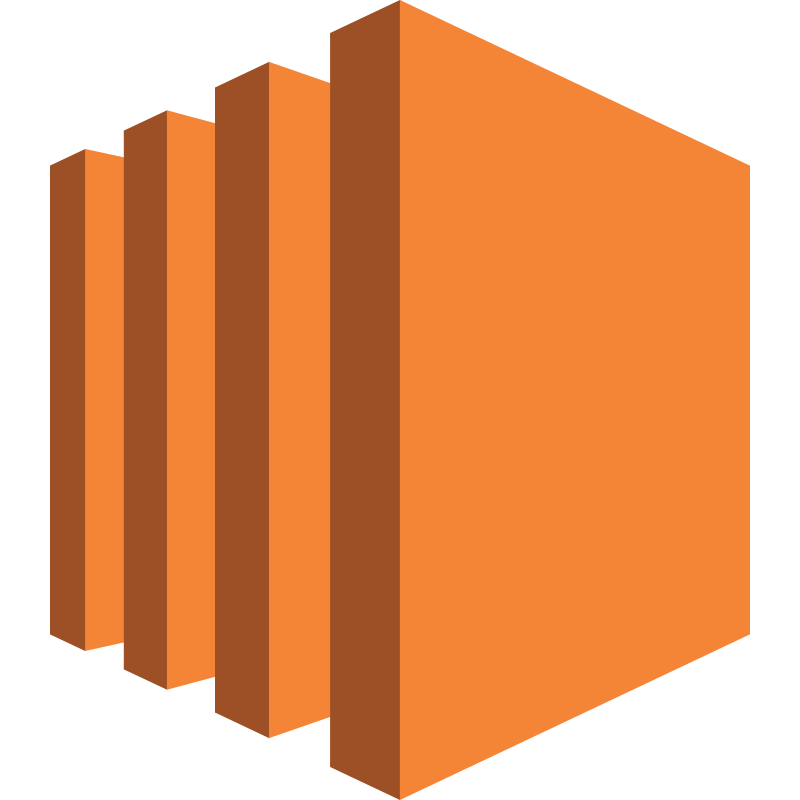
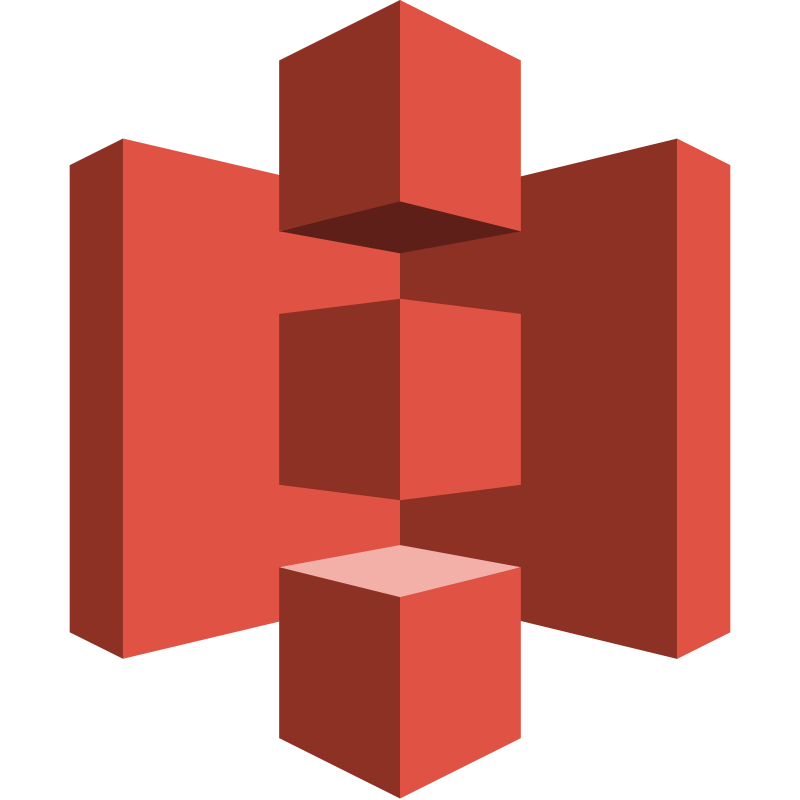
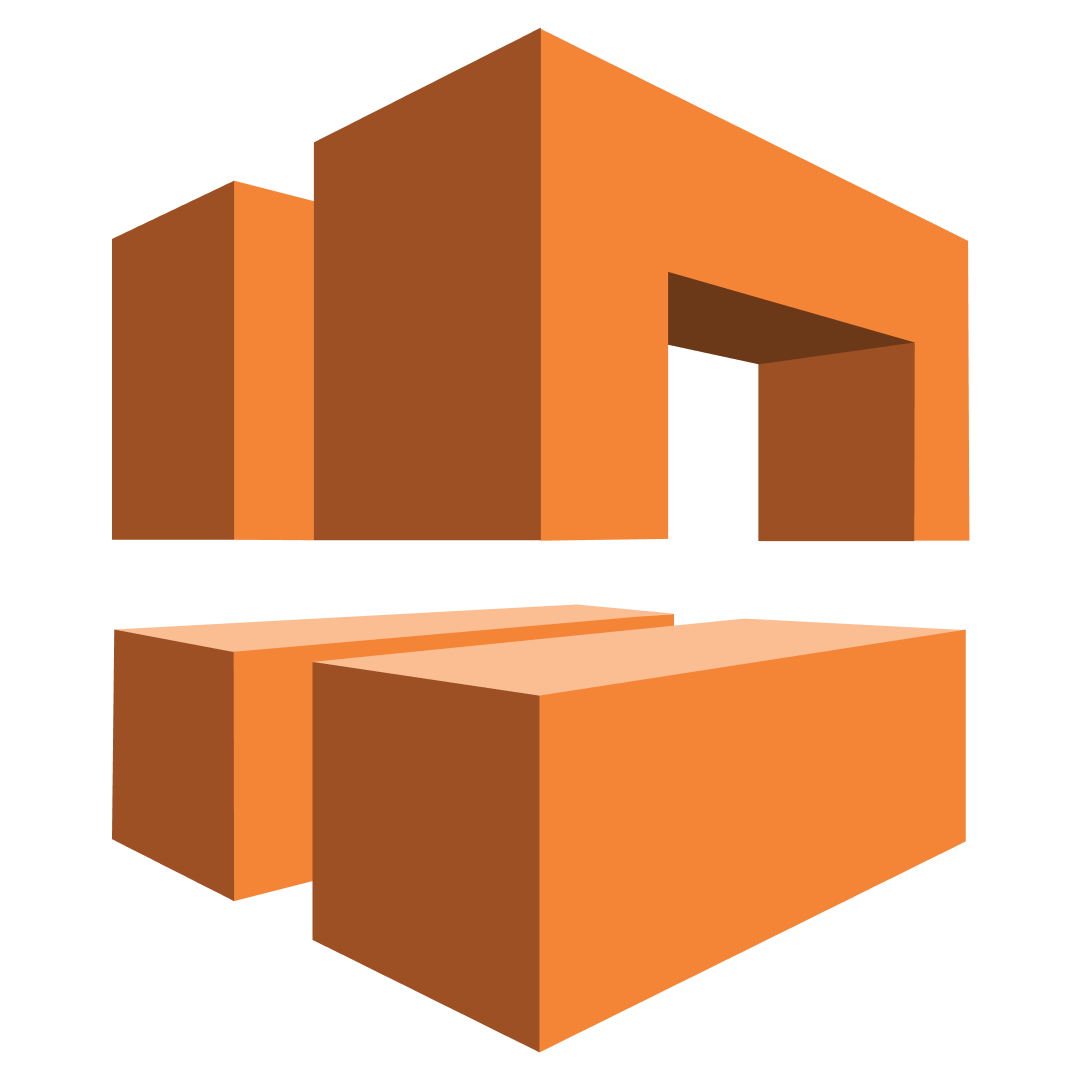



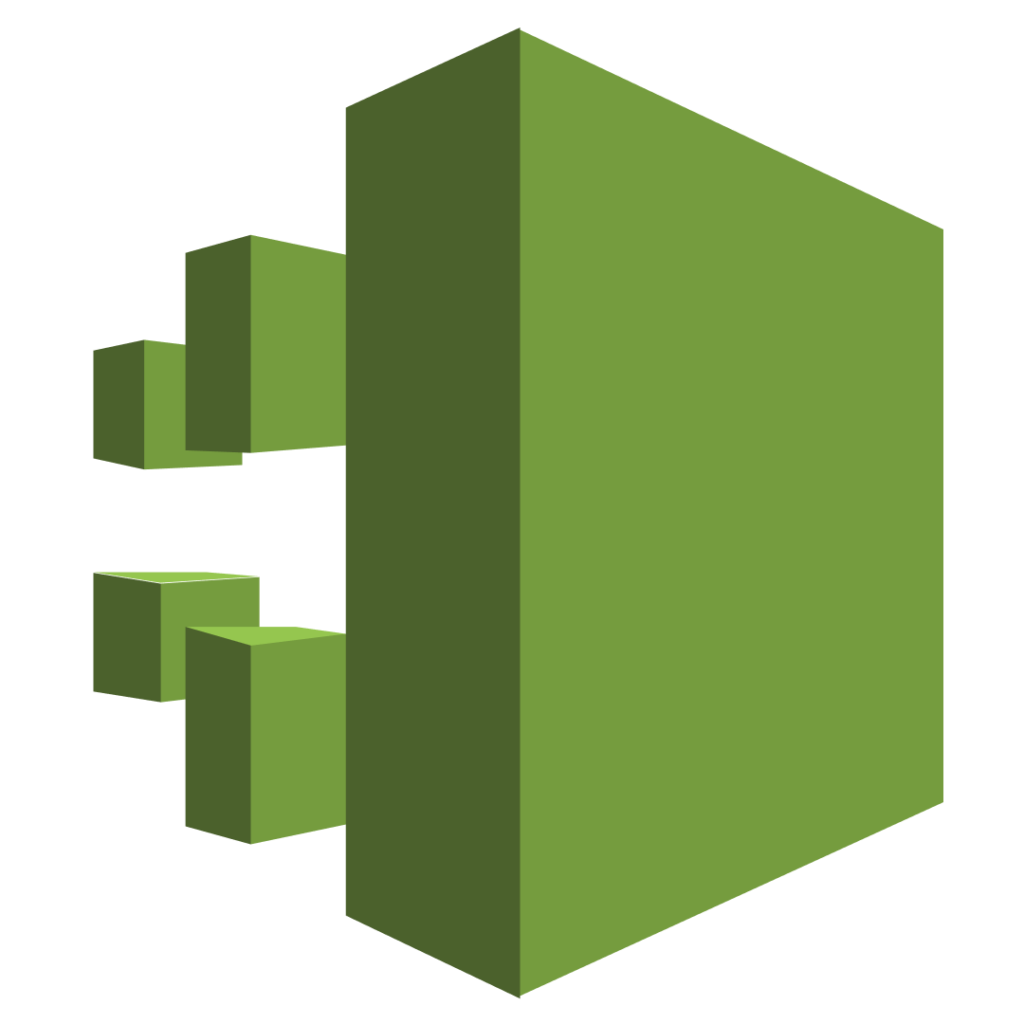

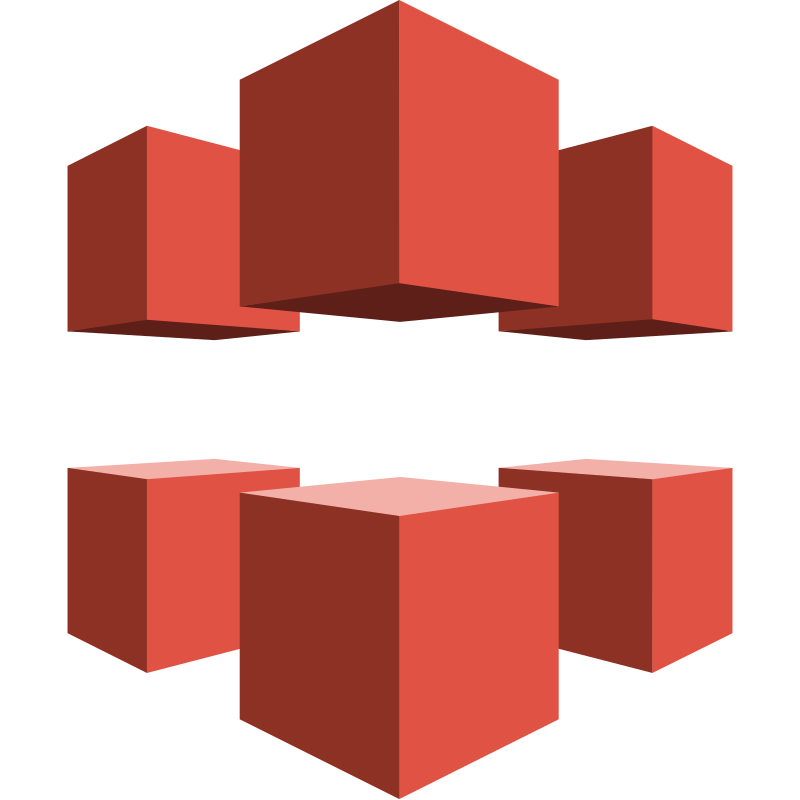
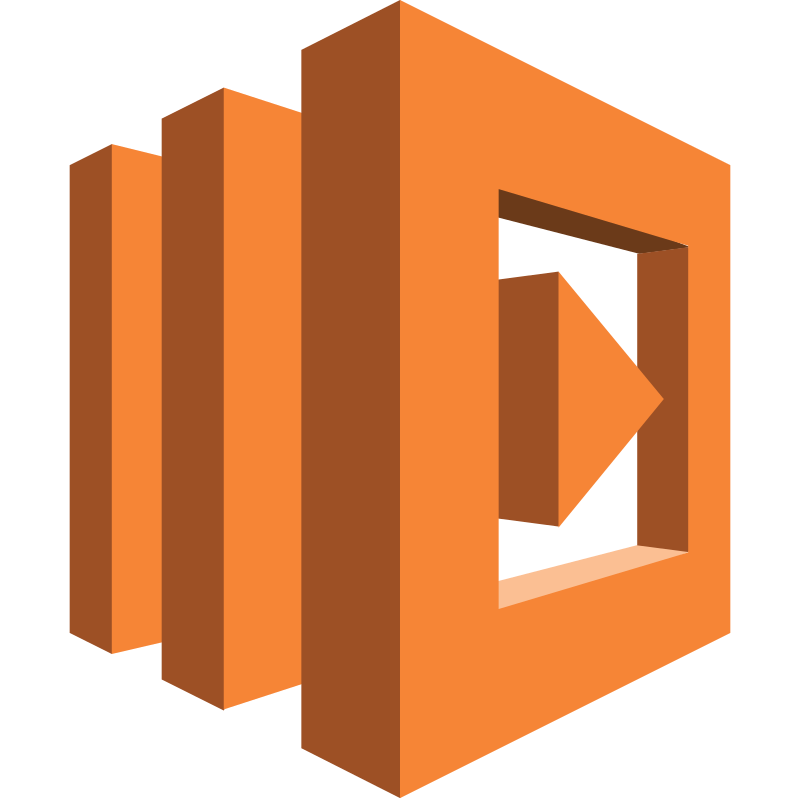













Take the First Step into the Future with Cutting-Edge Tech Training and 100% Career Assistance!
Talk to our course counsellor now!

